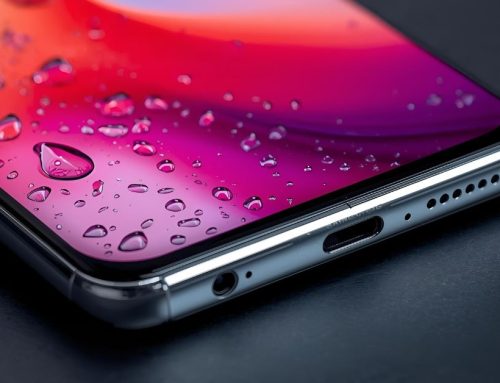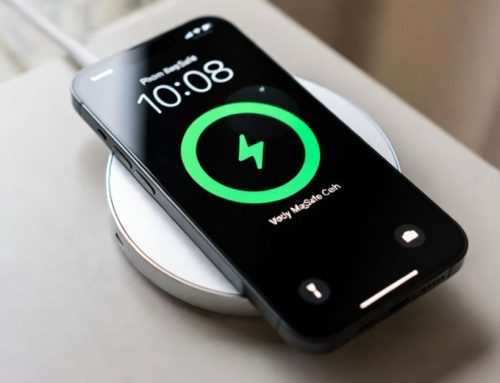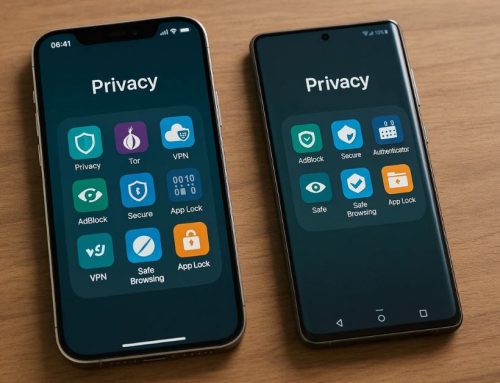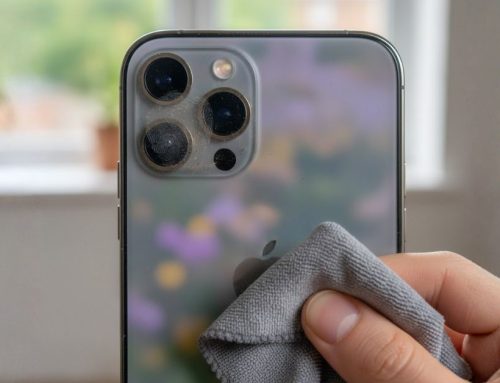To optimize your Android battery performance, start by enabling Power Saving Mode, which limits background processes and reduces power consumption. Lower screen brightness, disable auto-brightness, and switch to Dark Mode to save energy. Turn off Wi-Fi, Bluetooth, and mobile data when not in use, and use Airplane Mode in areas with poor signal. Manage background apps by putting unused ones to sleep and regularly checking battery usage. Also, adjust voice assistant settings to disable constant listening. These simple adjustments can significantly extend your battery life. Discover more tips for better Android battery optimization.
Enable Power Saving Mode
To preserve battery life on your Android device, activate Power Saving Mode to limit background processes and reduce performance. This mode is an effective tool to extend battery life, especially when you need your device to last longer. You can customise Power Saving Mode settings to adjust CPU performance, screen brightness, and background network usage. Additionally, scheduling Power Saving Mode based on battery percentage ensures automatic activation when needed. For critical situations, utilise Extreme Battery Saver mode, which disables non-essential features to maximise battery life. Mastering these settings ensures your Android device remains operational and efficient, even during extended use or when charging opportunities are limited.
Customize Screen Settings
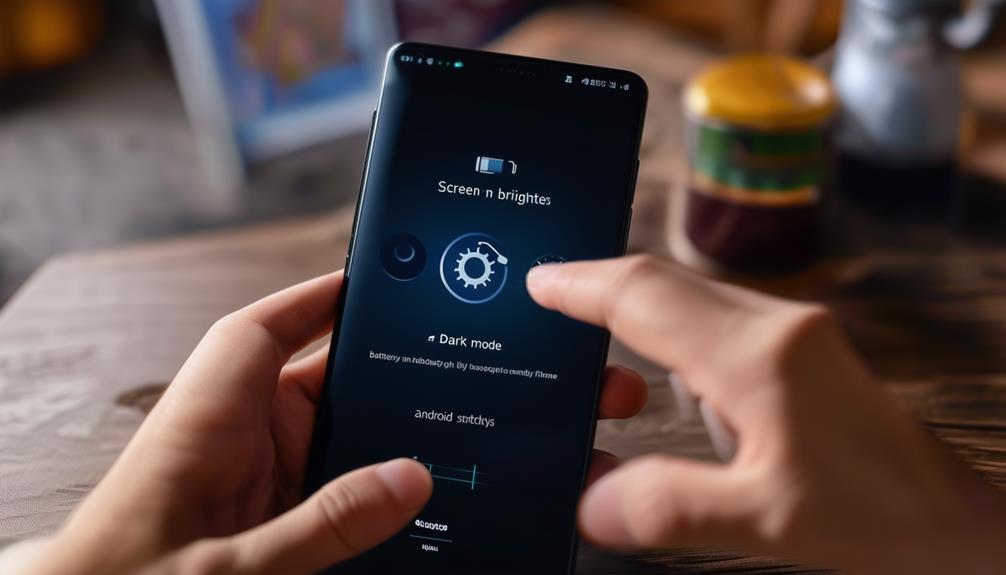
Customizing your screen settings is a key step in Android battery optimization. Begin by lowering screen brightness to 50% or below to reduce power consumption. Disable auto-brightness and manually adjust it as needed to prevent the screen from brightening unnecessarily in well-lit environments. Also, set your screen timeout to 1 minute or less, ensuring the display turns off quickly when not in use. These simple changes can help maximize battery life on your Android device.
Consider the following tips:
- Enable Dark Mode on OLED screens to boost battery efficiency.
- Activate Adaptive Brightness to automatically adapt to ambient light.
- Use shorter screen timeouts to minimise idle display usage.
Manage Wireless Services
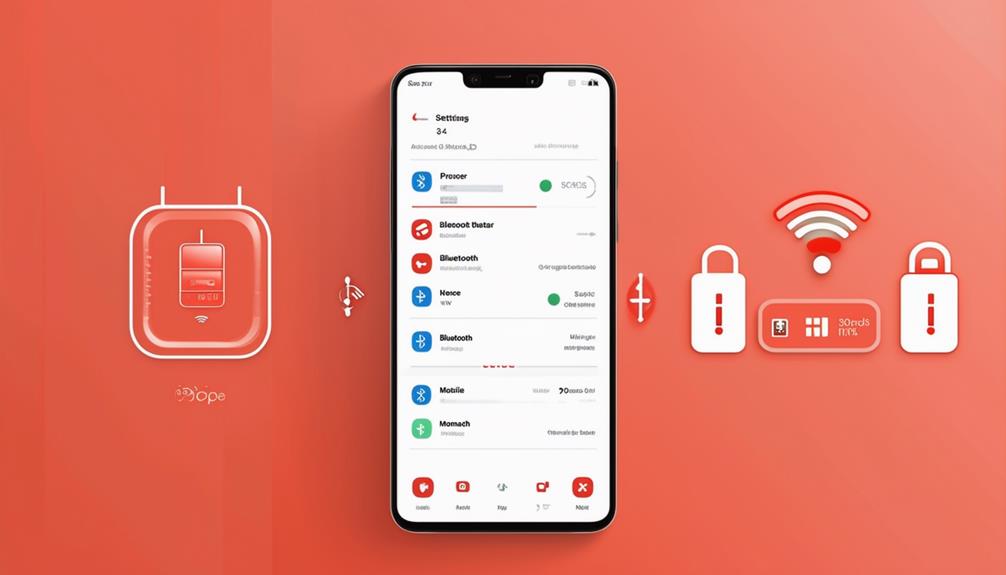
To conserve battery life, disable Wi-Fi, Bluetooth, and mobile data when they’re not in use. In areas with poor signal, switch to Aeroplane mode to prevent your phone from continuously searching for networks. Additionally, manage location services and app permissions to minimise unnecessary battery drain.
Disable Unnecessary Connections for Better Android Battery Optimization
Turning off Wi-Fi, Bluetooth, and mobile data when not in use can greatly improve Android battery optimization. These connections continually search for signals, which drains power. Here are a few strategies to save battery:
- Airplane Mode: Activate this in areas with weak signals to prevent your device from wasting battery by constantly searching for a network.
- Auto-Sync: Disable it for apps to stop them from constantly fetching data, thereby saving power.
- Power-Saving Modes: Enable these to allow your device to automatically manage connections and optimise battery usage.
Mastering these settings will help you maximise your device’s battery performance, ensuring longer usage times and less frequent charging.
Optimise Location Services for Better Android Battery Optimization
Optimizing location services is a key step in Android battery optimization after managing your device’s connections. Disable high-precision location services to reduce GPS usage and save power. Switch to battery-saving mode to further limit power consumption. Turn off location services for apps that don’t need constant background tracking, and minimize the use of location history to avoid continuous tracking. Enable Wi-Fi scanning only when necessary to conserve battery life. By adjusting these settings, you can ensure your device isn’t wasting power on unnecessary location data. Mastering these location optimizations will not only boost battery performance but also give you greater control over your device’s energy usage, enhancing your overall Android battery optimization.
Optimise Background Apps
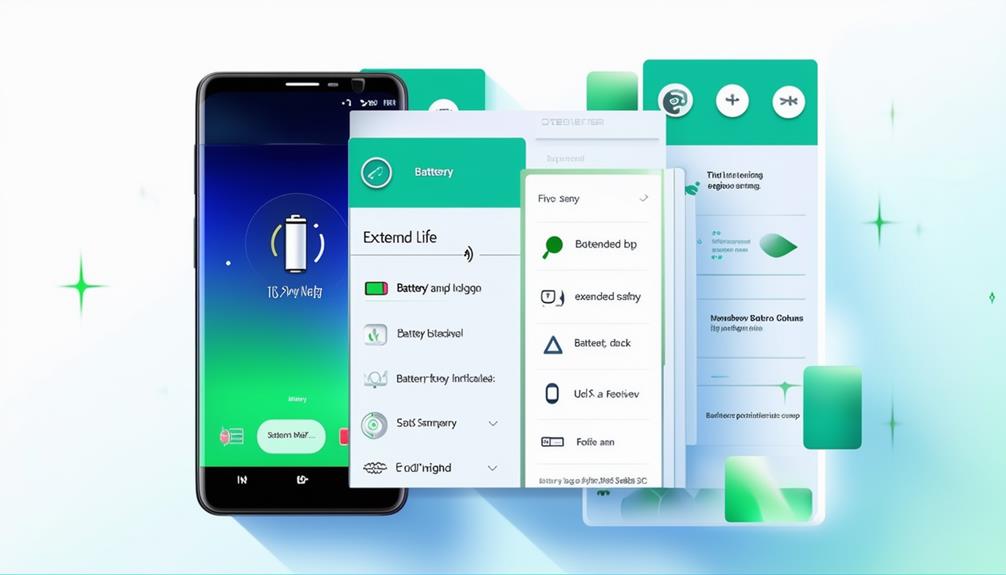
To extend your battery life, begin by putting unused apps to sleep to stop them from draining power in the background. Manually select particular apps for this to gain even more control over your battery usage. Don’t forget to check the battery usage details to identify and limit apps that consume excessive power.
Sleep Unused Apps
Putting unused apps to sleep is an easy yet effective way to prevent them from running in the background and draining your battery. This simple feature plays a crucial role in Android battery optimization by helping you manage power consumption more efficiently. To maximize battery life, manually select specific apps to put to sleep. Here’s how it helps:
- Preserve Power: Reduce unnecessary background activity and save battery.
- Enhance Operation: Free up system resources for smoother functionality.
- Prolong Battery Life: Get more usage time between charges.
Minimizing background apps is essential for maintaining peak performance. Use your Android device’s built-in feature to manage these apps effectively. This not only improves battery longevity but also optimizes your device’s overall performance, ensuring a more efficient Android battery optimization experience.
Limit Background Activity
Limiting background activity is essential for conserving battery life on your Android device. Start by accessing your settings and using battery optimization features to reduce power consumption. Identify power-hungry apps and force stop them to prevent excessive background activity. Monitoring app permissions can also help control background refresh and notifications, which drain battery power. Regularly check and manage which apps are allowed to run in the background to ensure efficient Android battery optimization. By following these steps, you’ll not only extend your device’s battery life but also improve overall performance. Remember, maintaining a solid background activity strategy is crucial for mastering Android battery optimization.
Adjust Voice Assistant Settings
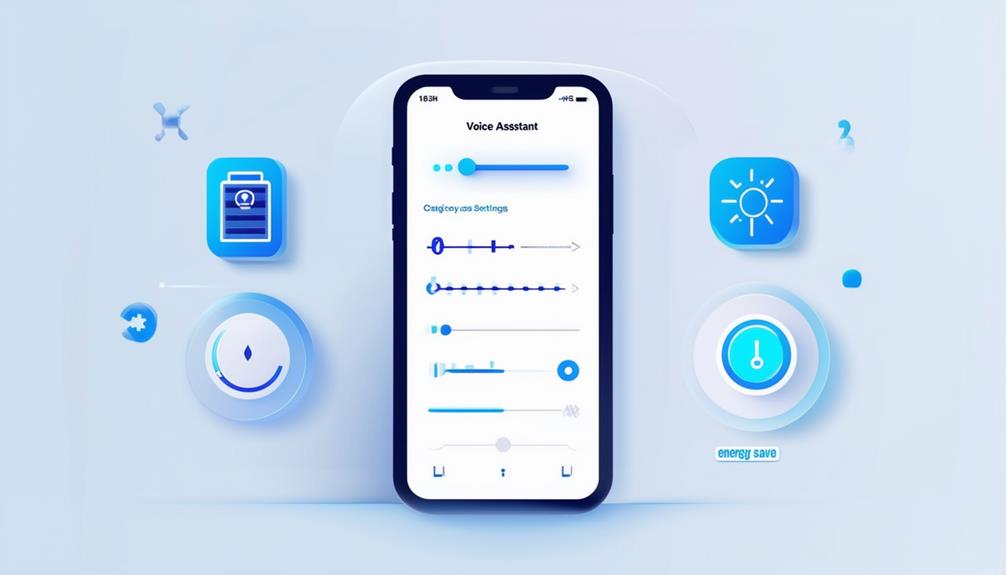
Adjusting your voice assistant settings can significantly enhance your Android device’s battery performance. Start by turning off wake word detection to prevent constant listening, a step that can notably reduce battery drain. Additionally, disable wake-up commands like ‘Hey Google’ or ‘Bixby’ to further conserve power. Customising these settings minimises background processes, optimising battery usage.
Here are key actions to take:
- Turn off wake word detection: Stops the assistant from constantly listening.
- Disable wake-up commands: Prevents unnecessary activation.
- Refer to device-specific instructions: Check guidelines for Samsung’s Bixby or Google Assistant.
Monitor Battery Usage
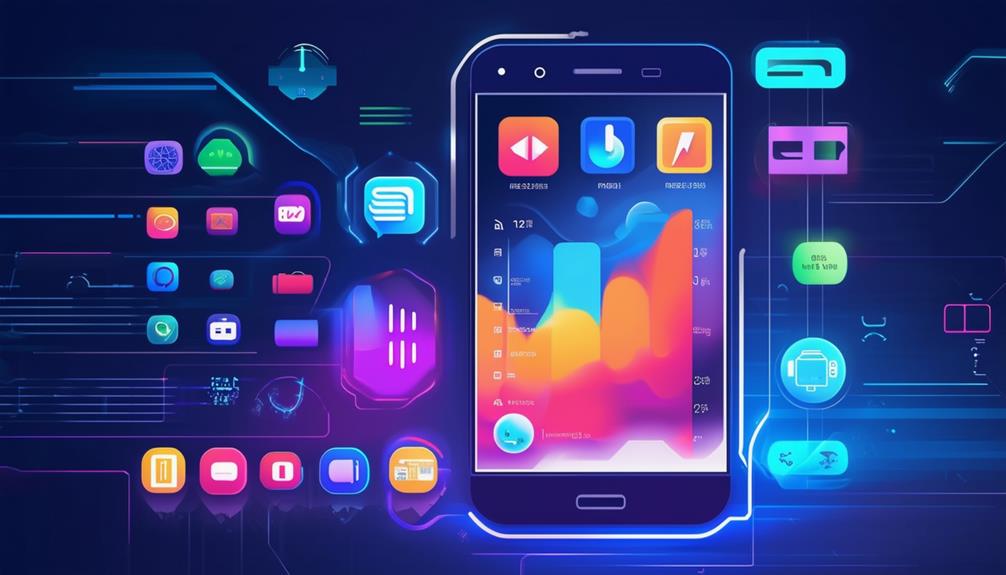
To maximize your Android battery optimization, regularly check the Battery Usage section in Settings to identify power-hungry apps. You’ll get a detailed breakdown of power consumption by each app, helping you pinpoint those that drain your battery. Review usage graphs to track these apps and adjust settings accordingly. Identify background apps consuming significant power and put them to sleep for better performance. Regularly monitoring battery usage helps you adjust settings for prolonged Android battery optimization, ensuring your device operates efficiently and extends battery life.

